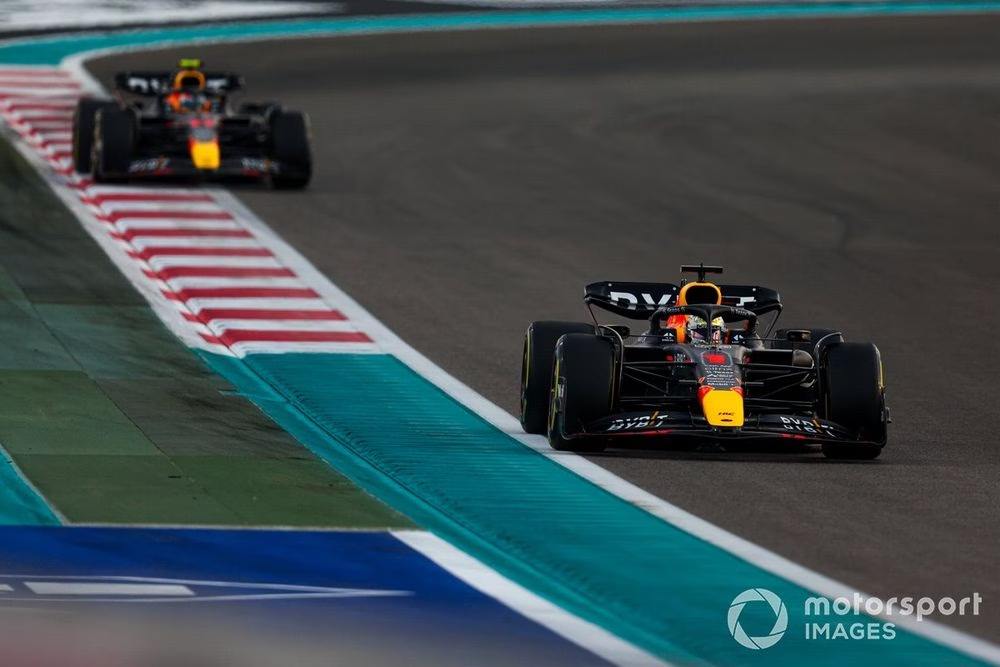Sergio Perez admitted at his home Mexican race that his 2024 Formula 1 season had been “terrible” – and having scored just two points in the three rounds since, little has changed.
Speculation about Perez’s future at the team has persisted throughout the year. After beginning the season with an adequate run of form in supporting Max Verstappen, his results had regressed dramatically after the Miami round at the start of May. He has scored just 49 points in the races since.
In contrast to past attitudes from the team, Red Bull has been looking for any excuse it can to keep the Mexican; his a popular presence in the team, and his place there is augmented by support from Mexican businesses, most notably including the Slim family.
Furthermore, Perez has proven he can perform at Red Bull, but those results have dried up considerably over the past seven months. He hasn’t graced the podium since April, hasn’t won a race since April 2023, and has suffered six Q1 eliminations this season.
But one of the bigger indicators of his drop-off this season is in his average gap to Verstappen at the chequered flag.
In each of his four seasons, Perez has been significantly behind Verstappen at the end of a race. We have calculated the average gap per season, removing anomalies and normalising any gaps above 60 seconds (when not considered anomalous) to just 60 seconds to account for any time loss in being lapped, or other issues presented when behind.
In 2021, Perez’s first year at Red Bull, he maintained an average finishing gap to Verstappen of 29.983s. Frequently separated from his team-mate by the two Mercedes cars and usually either a Ferrari or Lando Norris, Perez had a low-key first year at the team.
A replacement for Alex Albon, Perez did not demonstrate a particularly huge step up in performance, but he at least offered Verstappen more consistent support.
The gap between Verstappen and Perez was at its smallest in 2022
Photo by: Glenn Dunbar / Motorsport Images
This continued into 2022, where Perez’s 11.997s average gap to Verstappen was at its lowest. The nature of the RB18 played into his hands at the start of the season, although the shift forward from a neutral handling balance with the car’s development started to favour Verstappen more.
A sub-12s average gap is comparable to some of the more feted Number One/Number Two driver combinations, like Michael Schumacher and Rubens Barrichello over 2000-2004…
Click Here to Read the Full Original Article at Autosport.com – Formula 1 – Stories…

